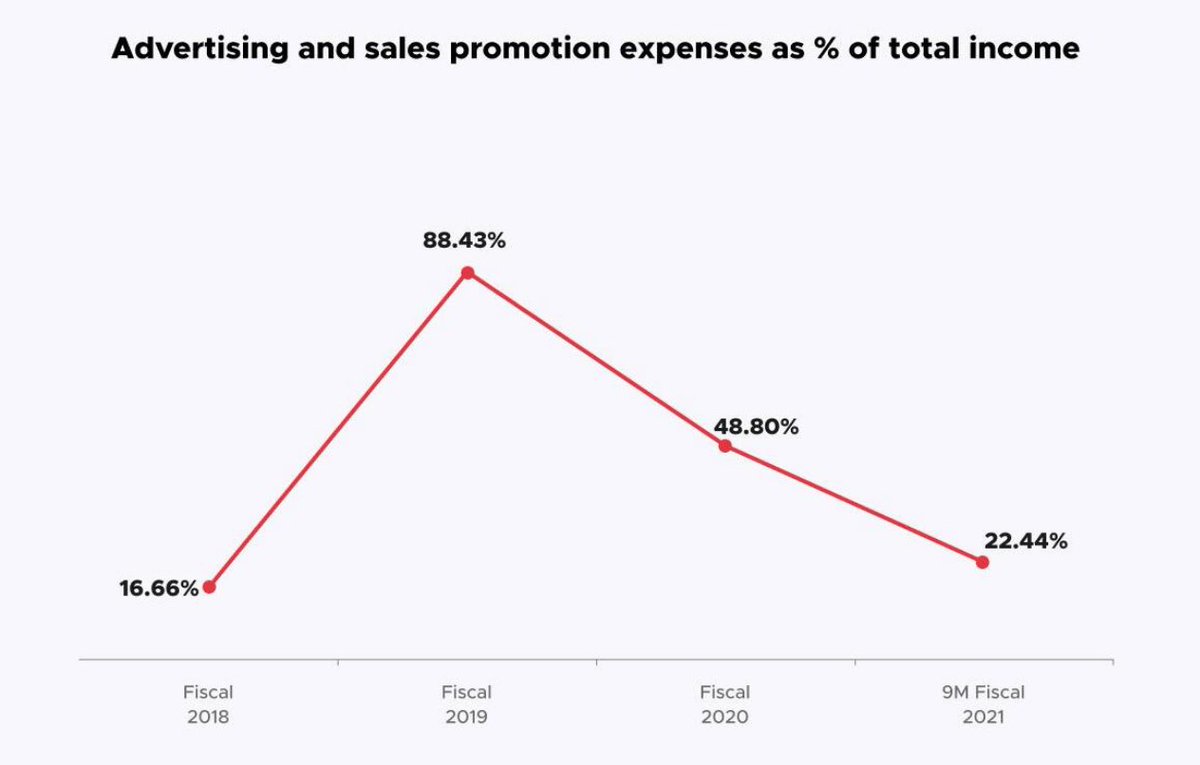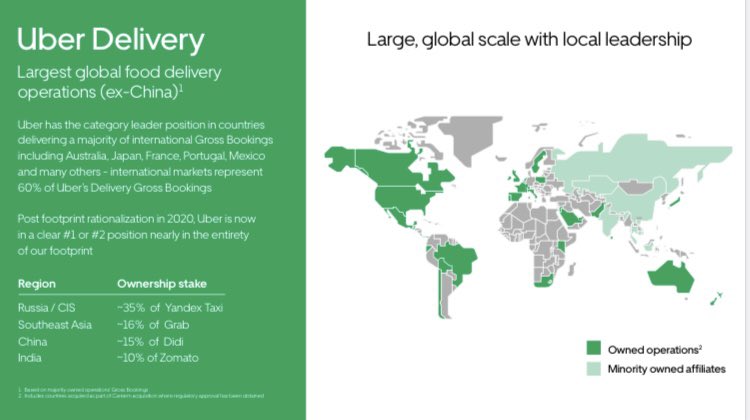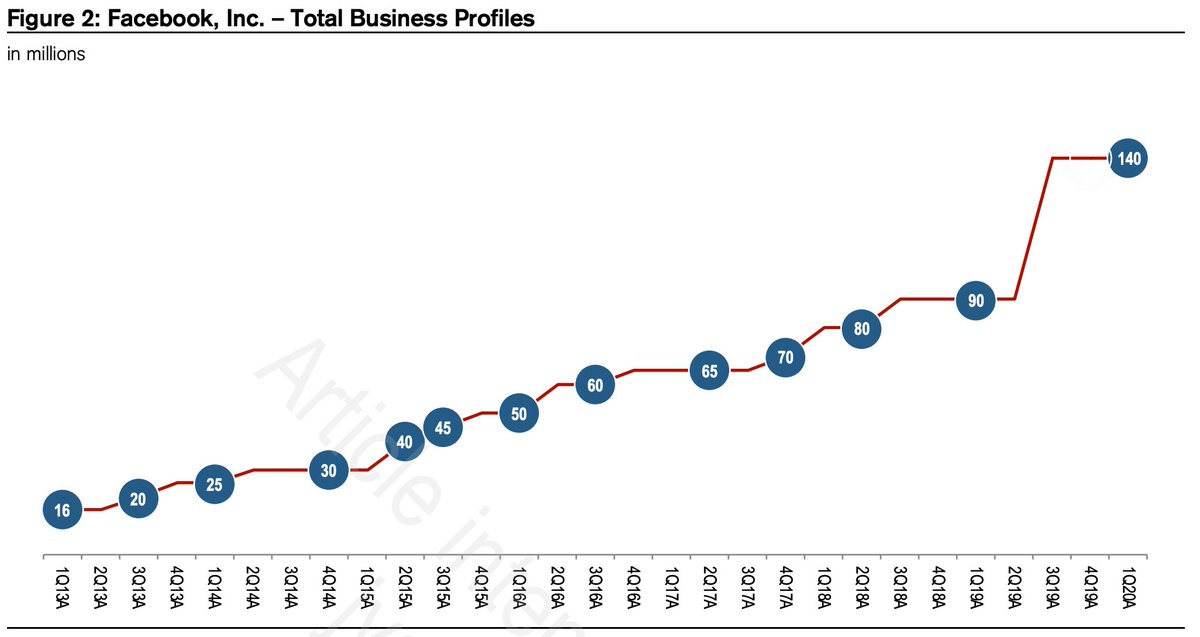
1/ Whenever a competitor makes a move (new product feature, pricing, segment, etc), the worst thing to do is dismiss it if it doesn’t make sense at first. Instead, ask yourself;
1) Why are they doing this? What’s the end game?
2) What’s the insight they know that we don’t?
1) Why are they doing this? What’s the end game?
2) What’s the insight they know that we don’t?
2/ The second question is built on the premise that your competitors are smart and capable. You should assume there was a lot of research, debate, etc for each move. A many of times have I called something “stupid” only to realize afterwards I just didn’t dig deep enough.
3/ The worst position to be in is losing market share to a competitor without even understanding how they’re doing it. Often times I traced this back to some kind of change in tactics or strategy that we were aware of but didn’t fully understand or appreciate. Sometimes too late!
4/ This is one of the reasons why startups can go unmolested by large incumbents for so long even though everything they do is out in the open. The incumbent doesn’t “get it” and dismisses aggressive competitive moves as trivial or doomed.
5/ DoorDash targeting the suburbs, Booking.com leveraging the agency model, Amazon Prime, and Shopee targeting FMCG and fashion. All examples of a co’s that operated under the radar because competition didn’t appreciate the insight they had started a actioning on.
6/ iPhone is probably the best example of this. Took years to develop in secrecy and Blackberry initially dismissed it (“it doesn’t even have a stylus!”). The insight Jobs had was that by using a touch screen you could abstract away hardware. #BB fate was already sealed at launch
• • •
Missing some Tweet in this thread? You can try to
force a refresh













